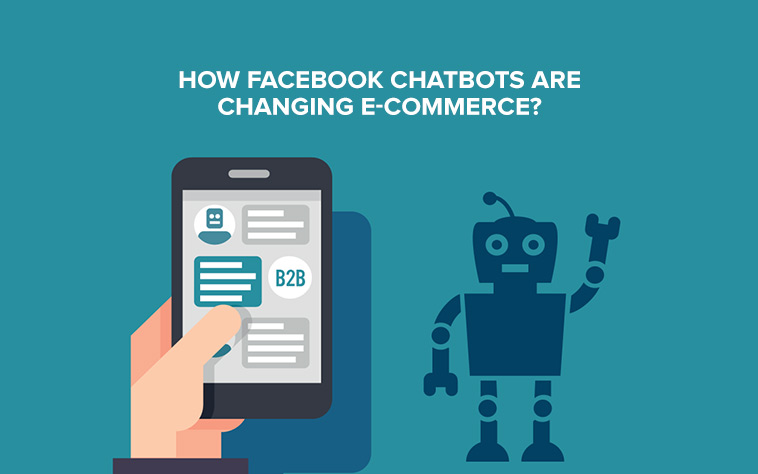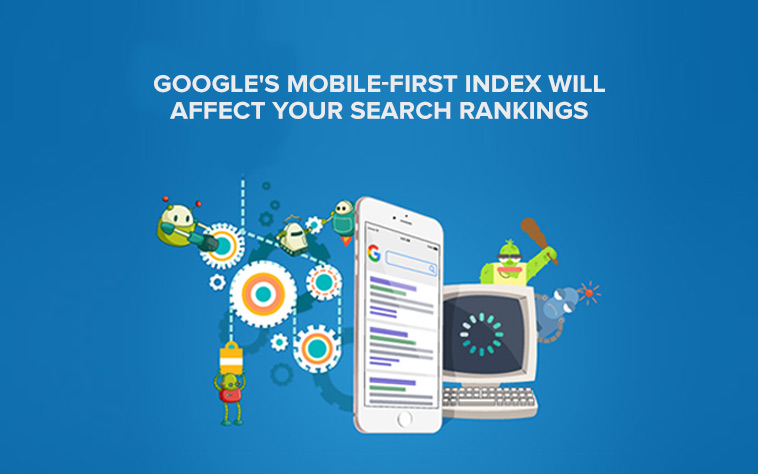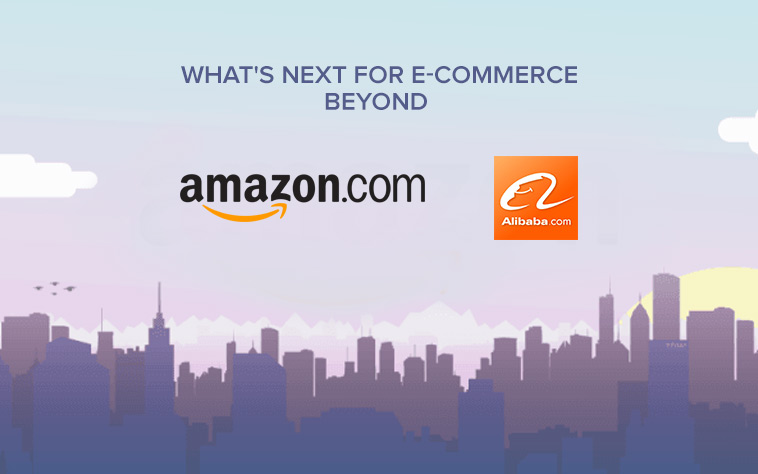Ecommerce is everywhere and so does its competitiveness! Retailers and marketers are submerged in a pool where there are so many tactics to be followed. Organizations should look forward to solutions that best suits their business needs and explore the growth hacks that they can implement in their business to get more sales. Given below are creatively churned out best hacking ideas that you can use in your Ecommerce business:
-
- The use of ad extensions
Ad extensions are the best possible ways through which you can target your ads especially on Google and Bing. These types of ads help to provide uniqueness to viewers compared to other ads that only show Headline and the URL. Ad extensions help to give more robust and interactive ads as given below:

The different elements that you can add to your ads to make it look more attractive and help consumer easily get through to convert are sitelink extensions, call extensions, location extensions, review extensions and callout extensions.
-
- Prepare Creative content and create market buzz through giveaways
Content Marketing takes the lead when it comes to create customer engagement, it helps to increase good number of subscribers and boost the sales. Giveaways are a great way to create awareness about the brand and generate website traffic.

Choose something that will grab users’ attention, there can be a variety of items that the brand can give to its potential customers like sample products, offer coupons, introductory products, reward based incentives, etc.
-
- Create a sense of Urgency through FOMO
Fear-Of-Missing-Out (FOMO) drives a good amount of traffic by creating user engagement and social activities on platforms. A study revealed that 56% of consumers are afraid to miss out on important announcements if they are not active on social networks.

Marketers can leverage the FOMO by creating good offers, highlighting the contests with the limited time promotions that mark a sense of urgency in audiences.
-
- Build your own Life time value (LTV)
The important learning lessons and essential for business growth is to retain your customers. Use your instincts and give excellent customer service. It is much costlier to acquire a new customer as compared to an existing customer. Harvard Business school study states that a 5% bump in customer retention increases your profits by 95%.

A good customer service program creates loyal relationships, interact with your customers and find what is that they are looking for.
-
- Use of Influencer Marketing
Every industry certainly has influencers that are followed by masses; look out for the influencers belonging to your industry and check if they are promoting similar products. Influencer marketing has been tremendously successful in apparel and retail industries. Social influencer marketing is strong marketing and is induced by word of mouth marketing method. It can drive tremendous visibility to your website and create traffic. Below chart shows how brands work with influencers to connect with customers.

Influencer marketing is one of the smarter moves by brands, it encourages trust and engagement because influencers belong to your industry and have higher probability to drive traffic.

For searching the right influencers, select the influencers, who belong to your industry, build a personal connection with them. Send our samples, talk to them if they are ready to promote your product.

-
- Simplify the checkout process
Cart abandonment is ever so common! Why? The reason being most customers gets frustrated with checkout process and leaves their carts. This is the bigger problem faced by Ecommerce industries today, optimizing the checkout process is a big challenge. The study shows, 68% carts are abandoned having an estimated value of $4.9 trillion on a global level.

Easy navigation helps the users to browse and navigate through the website easily and effortlessly. Reduce the elements on the page to give clarity to the browsers of the page especially the checkout process. The common friction causing reasons for cart abandonment are shipping costs, pricing, separate logging accounts, complicated checkout process, etc.
-
- Psychological pricing
Most times when consumers buy anything it is the brands who have sold out to them through the means of tiered pricing. SaaS platforms use this method most times that is highly beneficial. Listing too many expensive and non-expensive items does it, there by making customers choose item exactly that brands want you to select. It is psychological pricing.

A MIT study and University of Chicago tested similar tactic with women’s clothing found that most consumers select the products in the middle price point.
-
- Build social sharing offline
Social shares are the fastest means to help you do word of mouth marketing, make the maximum use of this opportunity. As soon as the customers open their new purchases, prompt them to share their new buys online with hashtags and share their experiences on the brand page with relevant hashtags by incentivizing them.
Incentivize your audiences with a number of options like promotion codes, discount, using custom hashtags, etc. this will help to create User generated content that helps to do brand promotion.
-
- Referral programs
This is another great way to create branding at its best. A study from Texas Tech University found that 83% of customers are willing to refer friends and family to brand if they have positive experience with the brand. In reality, only 29% makes a referral. Customers would not share by themselves; the idea of this campaign is to ask for a Referral and to so wisely. According to University of Chicago studies, non-cash incentives are more effective as compared to cash incentives by 24%.
-
- Retargeting strategies
Retargeting is an essential part of any marketing program; the research by AdRoll stated that 2% of customers actually convert in their first visit. The experience of a customer on its purchase journey is the implication how further it is going to be. Consumers buy their purchase across different devices. They select from one device and purchase from the other.

Retargeting helps to gain your customers back by 27% of lost prospects and gain 70% back with help of retargeting for customers who were shown relevant ads.
-
- Segmented Email campaigns
Email Marketing is one of the main channels to boost your Ecommerce growth. 77% consumers rely on email communications for doing permission-based communications as compared to any other mediums. Over 80% of retail professionals feel that email marketing is the biggest driving factors for customer retention. Drip campaigns can be designed on the basis of customer triggers.

Always follow 80/20 rules for content sent to your subscribers and be cautious about the number of emails that you are sending out to your customers.
Most of the businesses today heavily rely on acquiring new customers to boost their business growth. But retention is also one far-sighted element to continue the profits of your business. There are several ways to hack your business growth by engaging your customers more.




















































